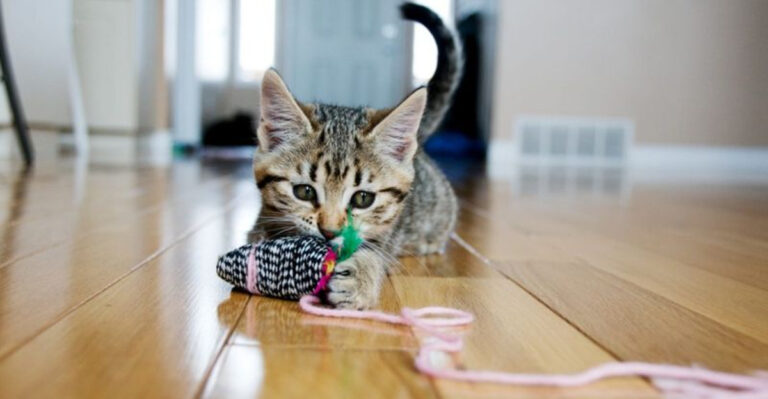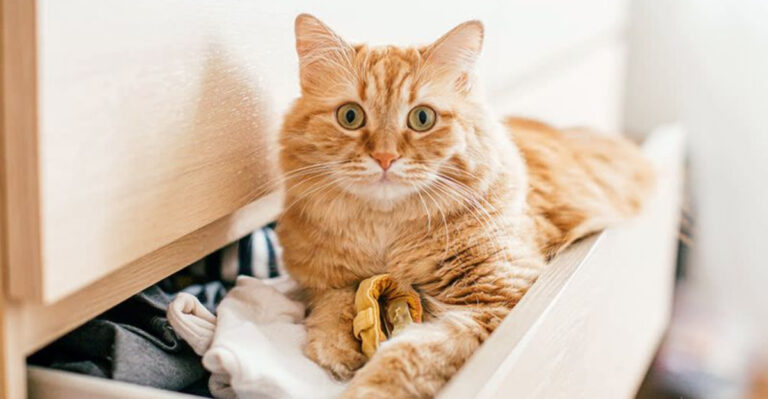18 Hard-To-Answer Care Questions Every Cat Parent Wonders About
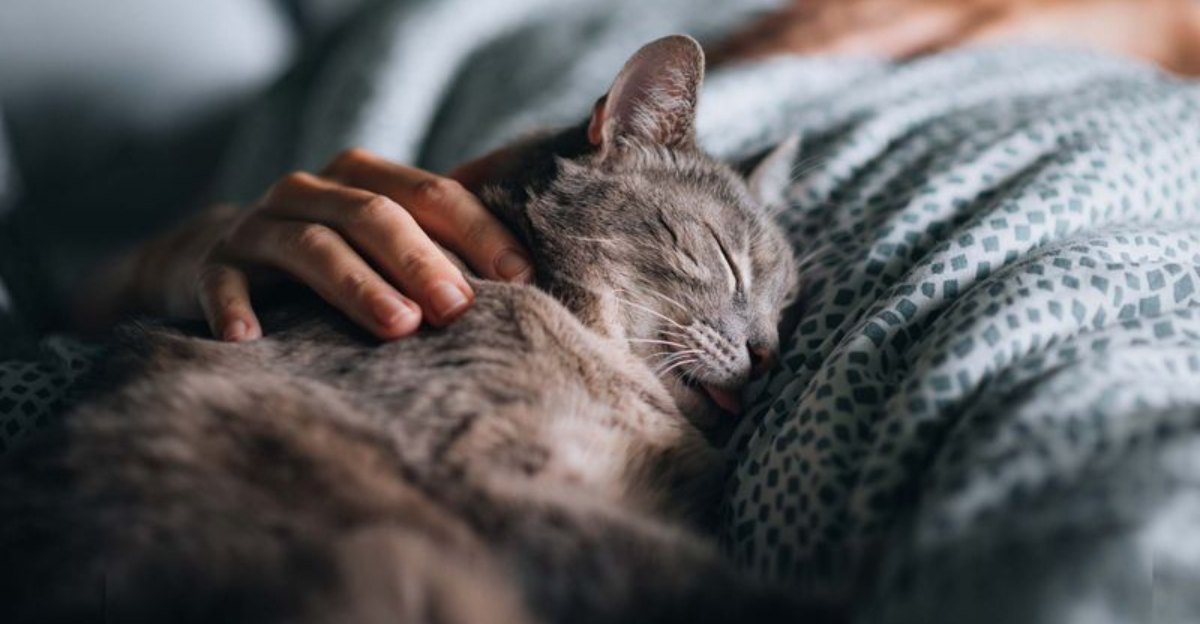
Living with a feline friend brings joy, companionship, and plenty of head-scratching moments. Between mysterious behaviors and conflicting advice, cat parents often find themselves puzzled by certain aspects of care.
These tricky questions don’t always have straightforward answers, but understanding the options can help you make the best choices for your whiskered companion.
1. Why Does My Cat Ignore The Expensive Bed I Bought?

Cats choose resting spots based on comfort, security, and temperature – not price tags. Your kitty might prefer the cardboard box because it feels snug and protected.
Try placing the bed in a sunny, quiet location or adding a piece of your clothing to transfer your scent. Sometimes it takes weeks for cats to accept new items in their territory.
2. Is Wet Food Really Better Than Dry Kibble?

The moisture content in wet food (roughly 75%) helps prevent urinary issues and keeps cats hydrated, especially since many felines don’t drink enough water naturally.
However, quality dry food offers dental benefits and convenience. Many veterinarians recommend a combination of both types rather than exclusively one. The best choice ultimately depends on your cat’s specific health needs.
3. How Often Should I Really Clean The Litter Box?
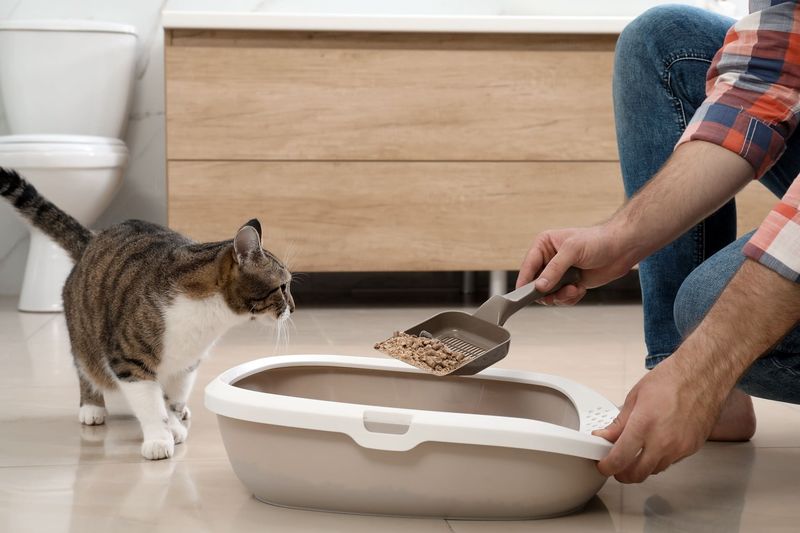
Scoop solid waste daily – no exceptions! Cats are incredibly clean animals and may reject a dirty box, leading to unwanted accidents around your home.
For clumping litter, replace it entirely every 2-3 weeks. Non-clumping varieties need weekly changes. Multiple-cat households require more frequent cleaning and ideally one box per cat plus an extra one.
4. Should I Brush My Short-Haired Cat?
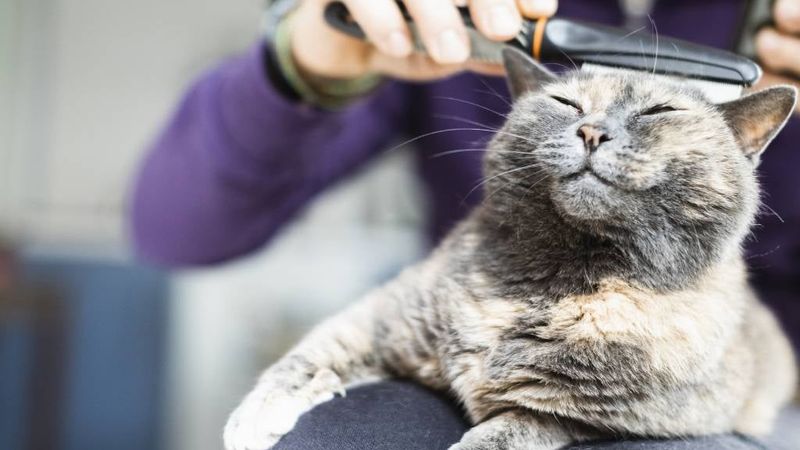
Absolutely! Even short-haired cats benefit from regular brushing. It removes loose fur that would otherwise end up on furniture or form hairballs in your cat’s digestive tract.
Weekly brushing sessions strengthen your bond while allowing you to check for skin issues, parasites, or unusual bumps. Most short-haired cats enjoy a soft-bristled brush or rubber grooming mitt.
5. Why Does My Cat Wake Me Up At 3 AM?
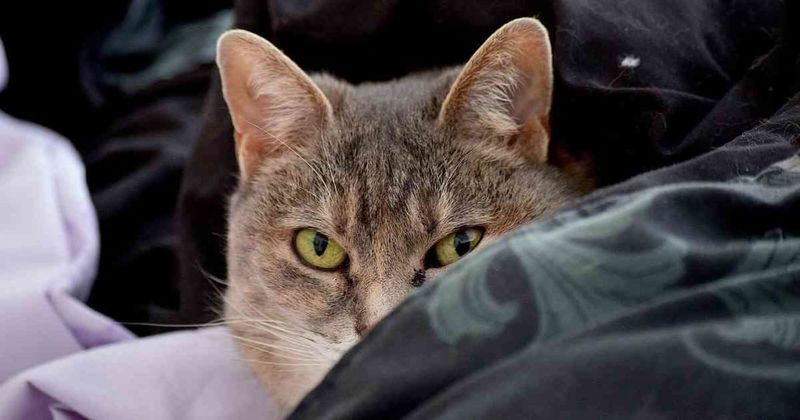
Dawn hunting instincts kick in during early morning hours, making your peaceful slumber the perfect playtime for your nocturnal companion. Hunger might also be triggering this behavior if you feed first thing in the morning.
Try an interactive toy or timed feeder before bedtime. Consistently ignoring these wake-up calls (however difficult) eventually teaches cats that nighttime antics won’t get your attention.
6. Is It Cruel To Keep Cats Indoors Only?
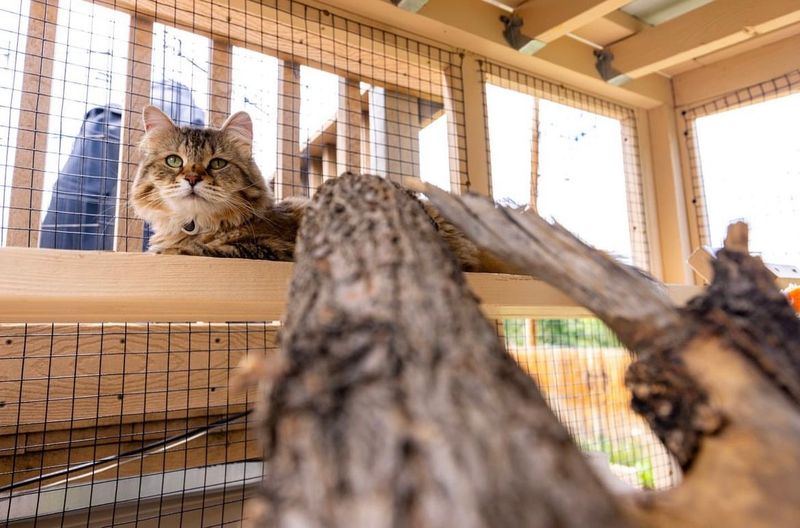
Indoor cats typically live 3-5 times longer than outdoor cats, avoiding dangers like traffic, predators, poisons, and diseases. The average outdoor cat survives just 2-5 years, while indoor cats often reach 15-20 years.
Provide enrichment through vertical spaces, window perches, toys, and play sessions. Some cats enjoy supervised outdoor time in secure enclosures or on harnesses.
7. Can Cats Actually Be Trained?
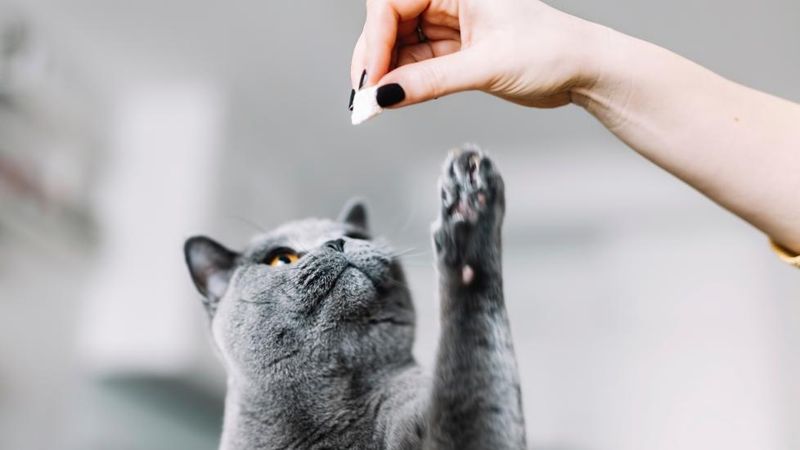
Contrary to popular belief, cats respond well to positive reinforcement training! They can learn commands, tricks, and even complex behaviors through consistent reward-based methods.
Start with simple targets like coming when called or sitting before meals. Use immediate rewards – treats, praise, or play – when your cat performs the desired action. Keep sessions short (5 minutes max) and fun to maintain interest.
8. How Do I Stop My Cat From Scratching Furniture?
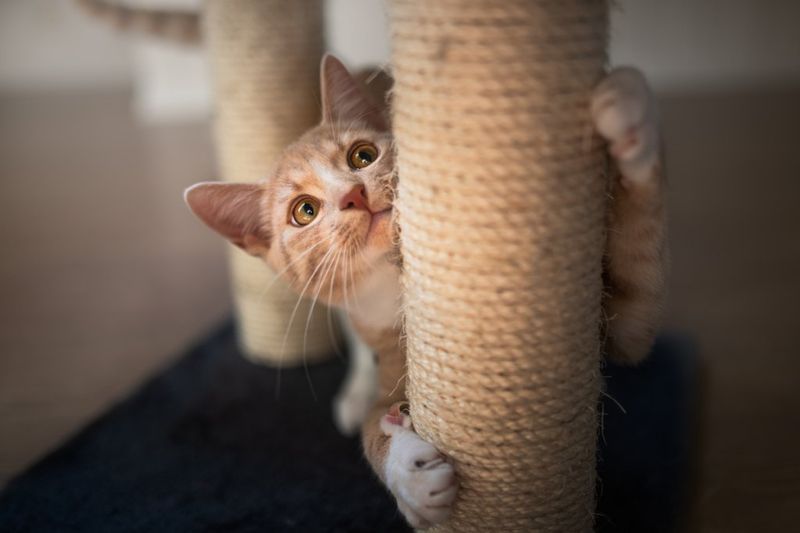
Scratching fulfills multiple needs: stretching muscles, marking territory, and maintaining claw health. Simply punishing this natural behavior creates stress without solving the problem.
Place attractive scratching posts near furniture targets. Apply deterrents like double-sided tape on forbidden areas temporarily. Reward your cat for using appropriate scratching surfaces with treats and praise. Regular nail trims also minimize damage.
9. Should I Let My Cat Sleep In My Bed?
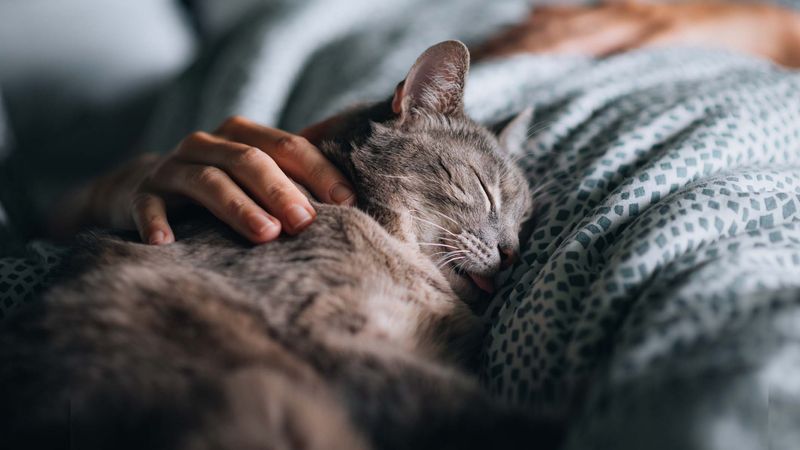
From a health perspective, indoor cats pose minimal disease risks to humans with normal immune systems. The comfort and bonding benefits often outweigh potential sleep disruptions.
However, light sleepers might find cat movements disturbing. Allergies can also worsen with close nighttime exposure. Create an equally appealing bed nearby if you prefer some separation during sleep hours.
10. How Often Should Healthy Cats Visit The Vet?
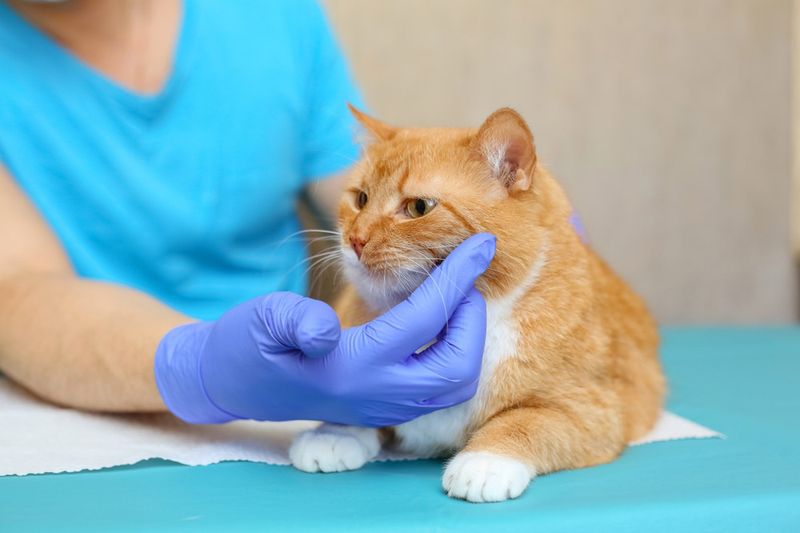
Annual checkups are essential for cats under 7 years old, even without obvious health issues. These visits catch problems early when treatment is most effective and less expensive.
Senior cats (7+ years) benefit from twice-yearly exams as age-related conditions develop more rapidly. Between visits, monitor weight, appetite, water intake, litterbox habits, and energy levels – changes warrant immediate attention regardless of scheduled appointments.
11. Do Cats Really Need Dental Care?
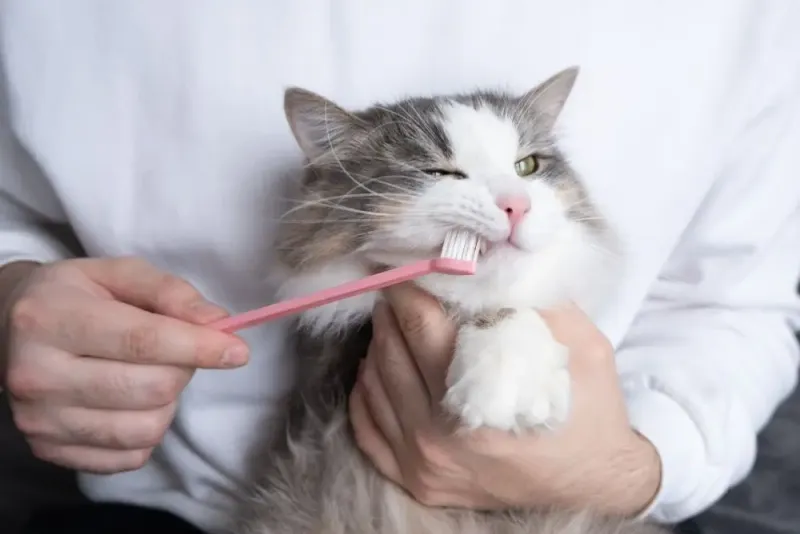
By age three, most cats show signs of dental disease that can lead to painful conditions and affect major organs if bacteria enter the bloodstream. Yet dental health remains one of the most overlooked aspects of feline care.
Daily tooth brushing with cat-specific toothpaste offers the best protection. Dental treats, water additives, and prescription diets provide supplemental benefits. Professional cleanings under anesthesia may be necessary periodically.
12. How Can I Tell If My Cat Is Overweight?
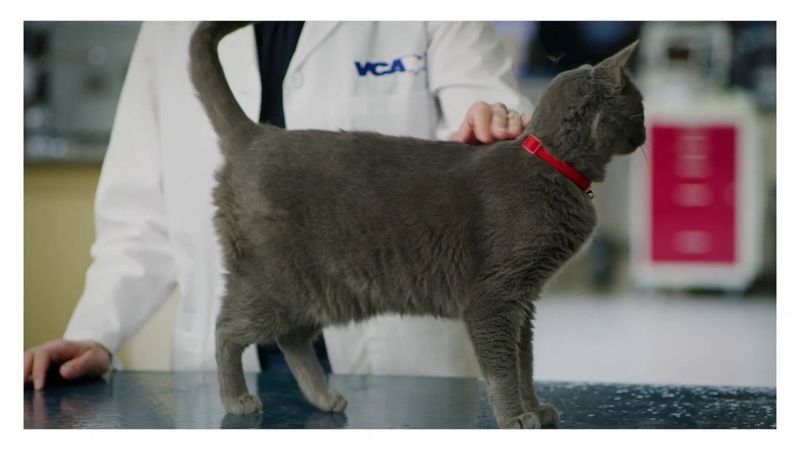
Feel your cat’s ribs – they should be detectable with gentle pressure but not visibly protruding. Viewed from above, your cat should have a visible waistline, not a rounded apple shape.
From the side, the belly should curve upward rather than sag. Weight gain happens gradually, making it easy to miss. Ask your vet to assess body condition during checkups and recommend appropriate food portions.
13. Is It Normal For Cats To Vomit Hairballs Regularly?

Occasional hairballs (1-2 monthly) are normal, especially in long-haired breeds or during shedding seasons. However, frequent vomiting isn’t just an inconvenience – it signals potential problems.
Regular brushing reduces ingested fur. Specialized diets and supplements help hair pass through the digestive tract. If your cat vomits weekly or seems uncomfortable between episodes, consult your vet to rule out underlying issues.
14. Should I Adopt A Second Cat For Companionship?

Multi-cat households work beautifully when personalities mesh well. Two cats can entertain each other when you’re away and engage in natural social behaviors.
However, not every cat wants a friend! Consider your current cat’s temperament, age, and history with other felines. Proper introductions take weeks, not days. Kittens typically adjust more easily than adult cats to new companions.
15. Why Does My Cat Drink From Everywhere Except Its Water Bowl?
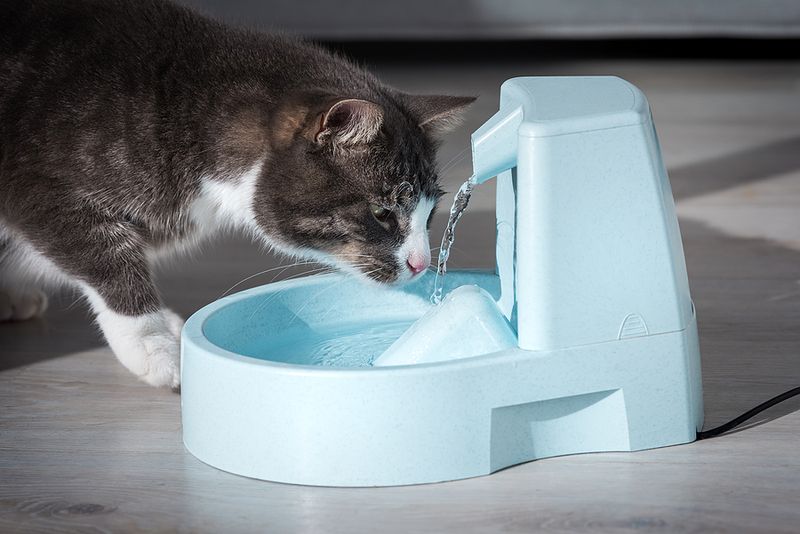
Instinctively, cats prefer moving water sources located away from food and litter areas. Standing water in nature often harbors bacteria, so this preference evolved for survival.
Try placing multiple water stations throughout your home. Ceramic or glass bowls eliminate plastic tastes many cats dislike. Fountain-style water dishes satisfy natural preferences for fresh, flowing water while encouraging healthy hydration.
16. How Do I Know If My Cat Is In Pain?
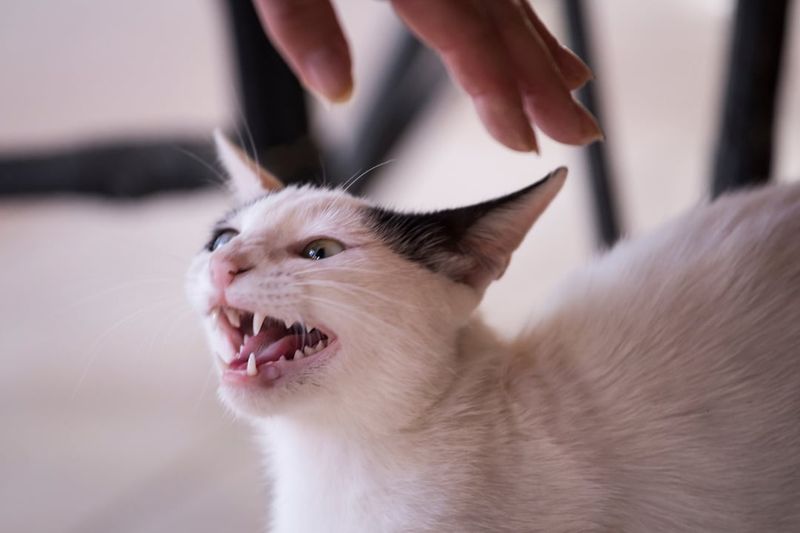
Cats masterfully hide discomfort – an evolutionary trait that protected wild felines from appearing vulnerable to predators. Subtle changes often signal pain: decreased grooming, altered sleeping positions, or avoiding favorite activities.
Watch for unexpected aggression when touched in specific areas. Excessive vocalization, especially from normally quiet cats, warrants attention.
17. What Human Foods Are Actually Safe For Cats?

Plain cooked chicken, turkey, and fish (without bones) make safe occasional treats in small amounts. Some cats enjoy tiny bits of cheese, though many are lactose intolerant after kittenhood.
Never offer onions, garlic, chocolate, caffeine, alcohol, grapes, raisins, or artificial sweeteners – these are toxic to felines. Even safe foods should comprise less than 10% of your cat’s diet to maintain nutritional balance.
18. Is Catnip Safe For All Cats?
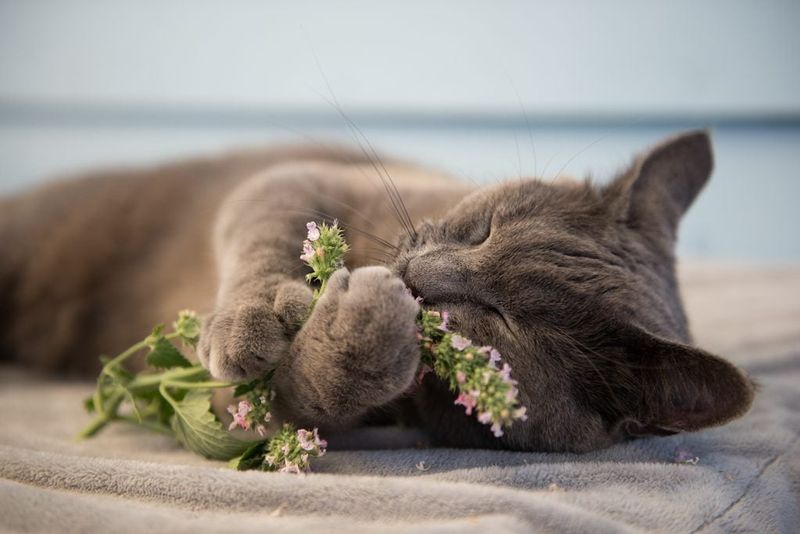
Catnip affects roughly 70-80% of cats, creating a harmless 10-15 minute euphoric reaction. The remaining cats lack the genetic sensitivity to respond at all.
This herb is non-addictive and completely safe, even if consumed. Sensitivity typically develops between 3-6 months of age. For responsive cats, rotating exposure prevents habituation – offering catnip once every couple of weeks keeps the experience novel and exciting.


